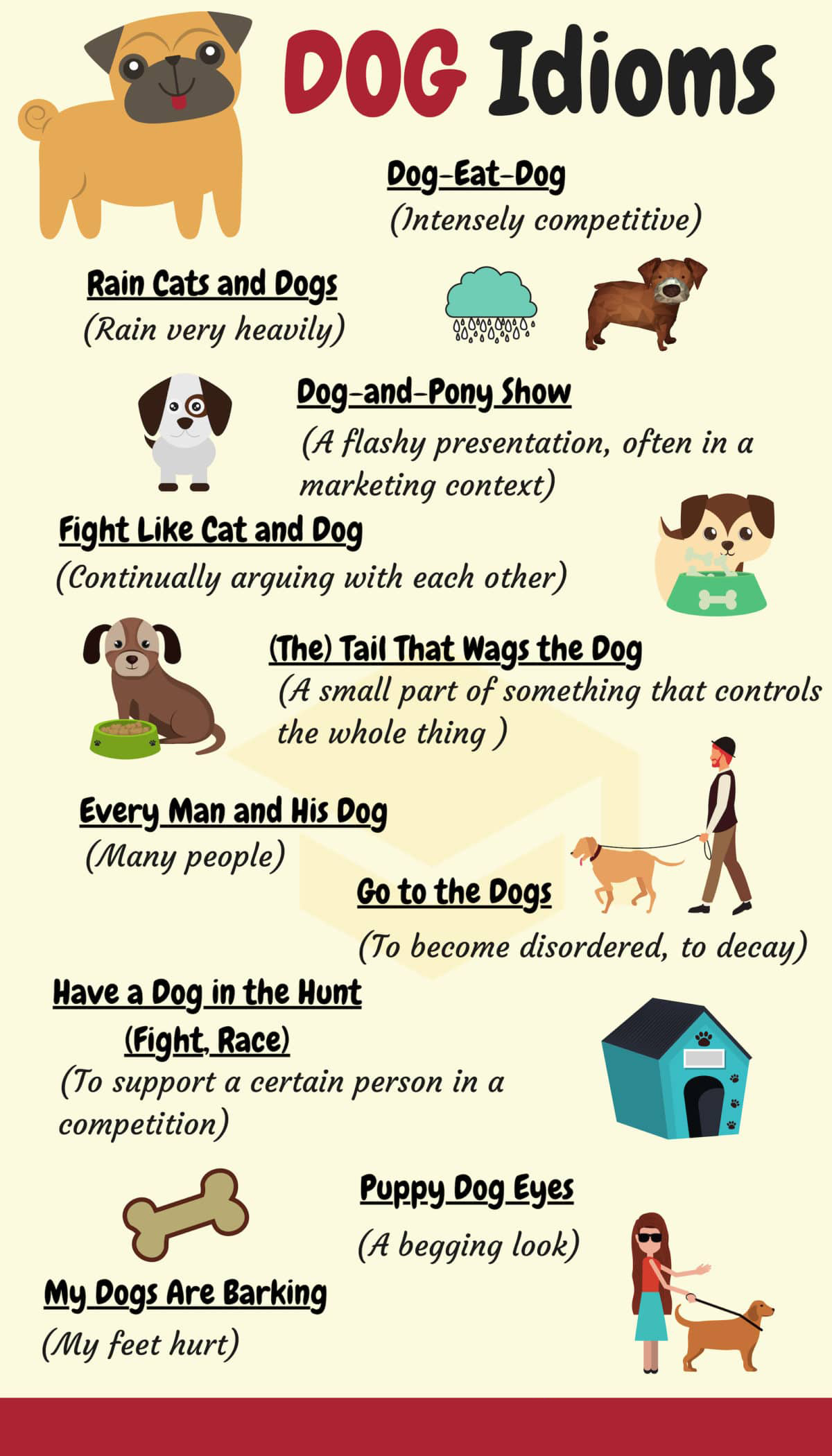Discovering the Mystery: Where is My Pet Chicken Located?
Guide or Summary:Understanding Your Chicken's HabitatThe Importance of a Safe Living SpaceSigns Your Chicken is NearbyTracking Your Chicken’s MovementsCreat……
Guide or Summary:
- Understanding Your Chicken's Habitat
- The Importance of a Safe Living Space
- Signs Your Chicken is Nearby
- Tracking Your Chicken’s Movements
- Creating a Chicken-Friendly Environment
- Building a Bond with Your Chicken
- Conclusion: Ensuring Your Chicken’s Safety and Happiness
**Translation of "where is my pet chicken located":** Where is my pet chicken located?
Understanding Your Chicken's Habitat
Chickens are fascinating creatures that can provide companionship and even entertainment. However, one of the most common concerns for chicken owners is: **where is my pet chicken located**? Understanding where your chicken spends its time is crucial for ensuring its safety and well-being. Chickens require a secure environment to thrive, and knowing their whereabouts can help you monitor their health and happiness.

The Importance of a Safe Living Space
When considering **where is my pet chicken located**, it’s essential to provide a safe and comfortable living space. Chickens are social animals and enjoy being in flocks, so their environment should reflect this. A well-constructed coop is vital for protecting them from predators and harsh weather conditions. Make sure the coop is spacious enough to accommodate your chickens comfortably, as overcrowding can lead to stress and health issues.
Signs Your Chicken is Nearby
If you’re wondering **where is my pet chicken located**, pay attention to certain signs that indicate their presence. Chickens are known for their distinctive clucking sounds, which can help you locate them. Additionally, look for signs of their activity, such as feathers, droppings, or dust baths. Chickens love to scratch around in the dirt, so you might find evidence of their foraging behavior in your yard or garden.
Tracking Your Chicken’s Movements
To answer the question of **where is my pet chicken located**, consider using some tracking methods. If your chicken is free-range, you can observe its daily routine to understand where it likes to roam. Some chicken owners opt for GPS collars to keep track of their pets, especially if they have a large property. This technology can provide peace of mind and help you locate your chicken quickly if it wanders off.

Creating a Chicken-Friendly Environment
To minimize the chances of losing track of your chicken, it’s essential to create a chicken-friendly environment. Designate specific areas for foraging, dust bathing, and resting. This will help your chicken feel secure and reduce the likelihood of it straying too far. Additionally, consider planting chicken-safe plants and providing enrichment activities to keep them engaged and happy in their designated area.
Building a Bond with Your Chicken
Understanding **where is my pet chicken located** is not just about physical space; it’s also about building a bond with your chicken. Spend time interacting with your pet, offering treats, and observing its behavior. The more familiar you are with your chicken’s habits, the easier it will be to locate it when it’s out and about. A strong bond will also encourage your chicken to return to you when called.
Conclusion: Ensuring Your Chicken’s Safety and Happiness
In conclusion, answering the question of **where is my pet chicken located** involves a combination of providing a safe living environment, tracking your chicken’s movements, and fostering a strong bond. By understanding your chicken’s habits and creating a secure space for it to thrive, you can ensure its safety and happiness. Whether your chicken is nestled in its coop or exploring the great outdoors, keeping an eye on its whereabouts will lead to a healthier and more fulfilling life for both you and your feathered friend.
